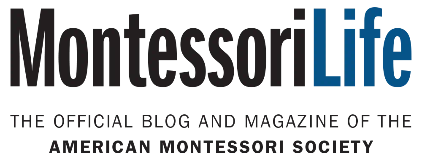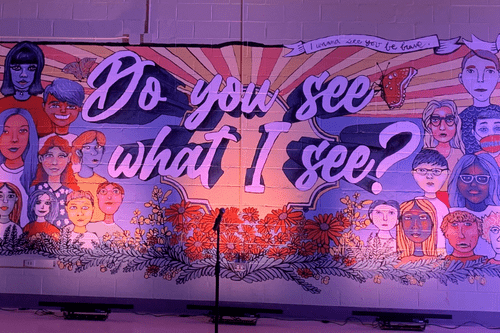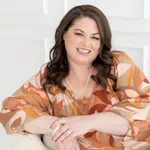Maria Montessori was an advocate for equality and respect for all human beings. She emphasized the vital role educators play in sustaining lasting peace for future generations and recognized the heavy weight of such a responsibility. In her words, “An education capable of saving humanity is no small undertaking; it involves the spiritual development of man, the enhancement of his value as an individual, and the preparation of young people to understand the times in which they live” (1949).
East Cooper Montessori Charter School (ECMCS) is doing their part to continue Maria Montessori’s human rights initiatives with the completion of their second social justice endeavor, “Brave” Project. “Brave” Project is a mural of self-portraits painted by ECMCS adolescent students surrounded by text reading “Do you see what I see?” “Brave” Project developed as a continuation of ECMC’S’ Universal Declaration of Human Rights work.
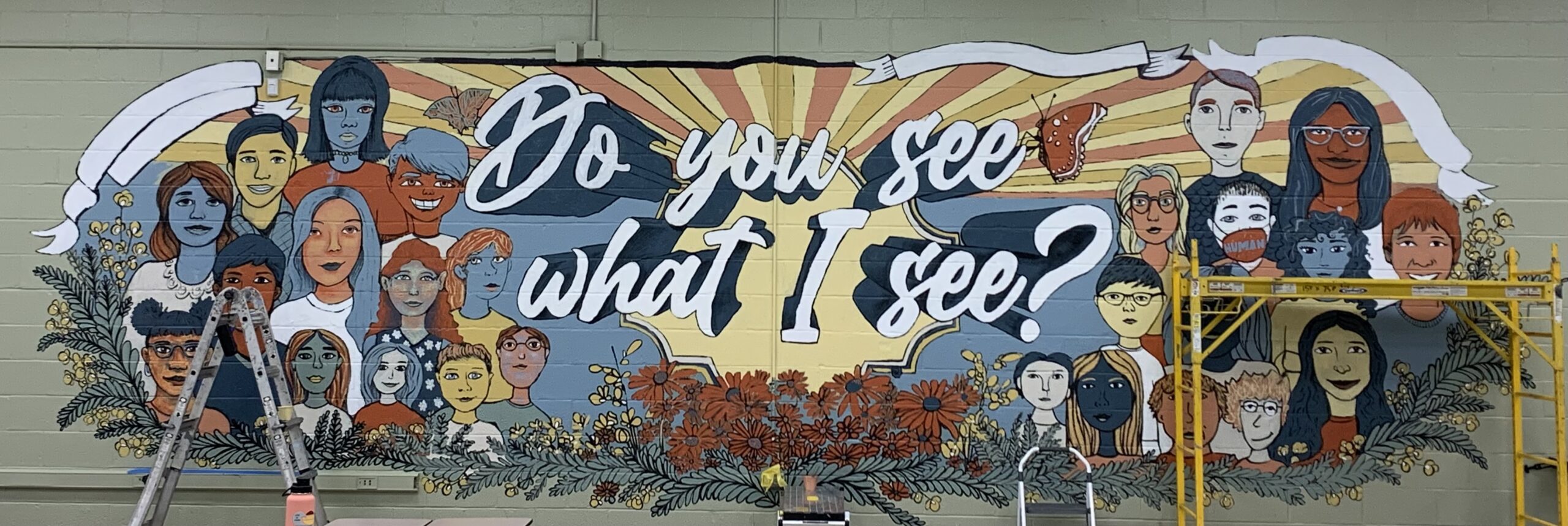
Faculty and staff recognized the most visible impacts of the pandemic with their adolescent students. Given the pre-existing mental health crisis amongst teens in the United States, former assistant principal, Nikki Hollander, shares that this recognition led to a desire to “create a project that could give [adolescent students] courage and inspiration around a topic they are already wrestling with—their identities.” ECMCS faculty and staff “wanted students to entertain the thought of saying, “Do you see what I see in myself?” and also, “Do you see what I see in you?”
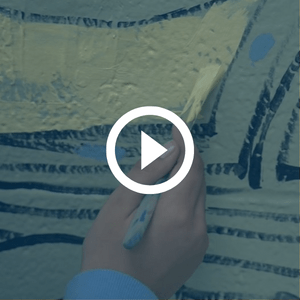
“Brave” Project is linked to human right 18, freedom of thought, and human right 19, freedom of expression, with a focus on answering the question “Who Am I?” through a critical examination of the concept of identity. Each week of the project was connected to a seminar question such as how to define identity and how adversity shapes who we are. This involved students analyzing their own experiences and researching the experiences of others by watching short testimonial films. One of the films included the story of Chris Singleton, whose mother was murdered in the shooting at Mother Emanuel AME church in Charleston, SC in 2015. Singleton was so inspired by the “Brave” project that he sent a personal shout out to ECMCS students admiring them for their heroism, recognizing them for making a difference and changing the world. The project culminated with a showcase of student-written “I Am” poems and student-led performance of the song “Brave” by Sara Bareilles. ECMCS faculty and staff chose this song because they “wanted students to walk away saying and understanding, “It’s brave to be who I am and it’s also brave to befriend and understand someone who is not like me.”
When asked why ECMCS would do this type of project again, principal, Jody Swanigan, responded, “It’s a continuation of understanding human rights. It’s a continuation of the conversation that revolves around social justice. It’s really important that we have tough conversations and that we model that language with students so they, too, can have tough conversations with others.”
Hollander believes in the importance of this project, not only for the furthering of human rights efforts, but also as a way to give a gift to their adolescent students who have lost so many cherished school memories as a result of the pandemic. She witnessed an obvious positive impact for students while working on the project, stating, “A light came over them and they were visibly lighter. They smiled, they had fun, they thought deeply and they asked good questions.” These project-based learning experiences allow adolescents to not only learn more about themselves and develop self-love, but also strengthen their bonds with others and form a community of accepting, understanding human beings who will continue to positively impact the world in which they live, fulfilling Montessori’s dream of sustaining lasting peace.
Reference List
- Montessori, Maria. 1949. Education and Peace. Netherlands: Montessori-Pierson Publishing Company.
Interested in writing a guest post for our blog? Let us know!
The opinions expressed in Montessori Life are those of the authors and do not necessarily represent the position of AMS.
